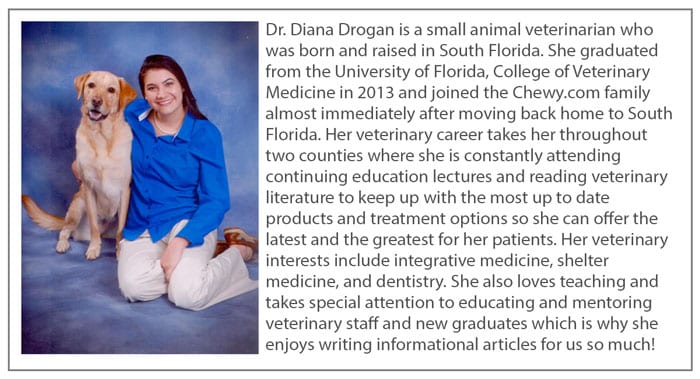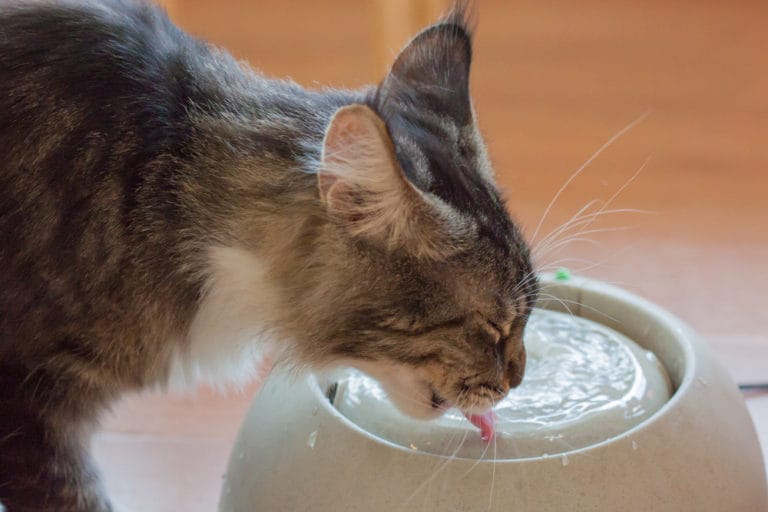Contributed by Dr. Diana Drogan, DVM.
You’re not the only one who wants a strong, bathing suit-ready body.
Your pets need to maintain a healthy weight and body condition for their age, gender, and breed, too. Unfortunately, though, as obesity trends in the United States increase for us, the same is occurring in our furry companions. Studies have shown that for every pound your pet is overweight, that’s equivalent to 10 pounds on a person. This can be significant, especially if your pet is overweight by five or more pounds, because just as with people, overweight pets are prone to joint disease, and extra pounds can exacerbate arthritis and make other age-related disease conditions more painful and difficult to live with.
Beware of Too Many “Extras”
Unlike people, animals do not require or demand variety in their meals. An occasional tidbit from the table can quickly become part of their daily diet, which can lead to the most common malnutrition disorder: obesity. Most animals cannot handle the extra calories that high-fat foods, such as meat, or high-carbohydrate foods, such as starchy vegetables or bread, can add to their diets, especially if they have a sedentary lifestyle.
For pets, as well as people, lifestyle and life stage will affect his required caloric intake, especially if your pal is also affected by disease conditions. Almost every dog, big and small, requires at least two 20 to 30 minute walks every day to maintain an active lifestyle and burn off the calories they’re ingesting from their food alone. Any extra treats or human table food scraps will only increase their need for exercise. If treats are a must for training purposes or digestive conditions, avoid high-carbohydrate options, such as biscuits, and offer low-starch vegetables instead, such as crunchy dried string beans, which are very low in calories. You can also try a special weight-conscious treat like Greenies Weight Management Regular Dental Dog Treats or Get Naked Weight Management Crunchy Cat Treats.
Give Them the Right Amount of the Right Stuff
Typically, dog and cat food feeding instructions will recommend food amounts based on your dog or cat’s weight. However, these recommendations are based on an ideal body weight only and do not account for age, whether your pet is intact or neutered or their activity level. To add to the confusion, every food brand (and different formulas within the same brand) can have different calorie contents.
Your pet’s veterinarian is the best person to assess your pet’s health and address any weight concerns. There is a formula your pet’s veterinarian will use to calculate caloric requirements based on their lifestyle, life stage, and any underlying disease conditions or special circumstances. Your vet will also assess your pet’s actual physical body condition using a scoring system to determine what their ideal weight should be. From there, they will calculate the correct caloric intake required for their ideal weight and make adjustments to promote healthy weight loss as necessary. It is helpful if you bring in the labels (or a photo of them) from your pet’s foods, so they can determine the food’s calorie content and assess if a dietary change needs to be made. Your veterinarian might prescribe a Hill’s pet food weight control diet such as Hill’s Prescription Diet m/d Glucose/Weight Management Cat Food.
Remember, next time you’re checking to see if your body is bathing suit ready, look at your furry friend to see if they have that much-desired waist, too!

Share:












